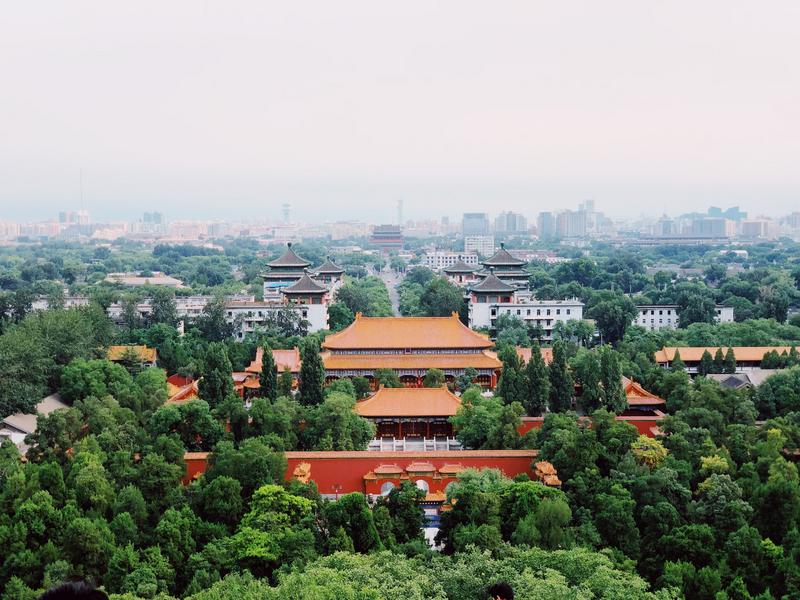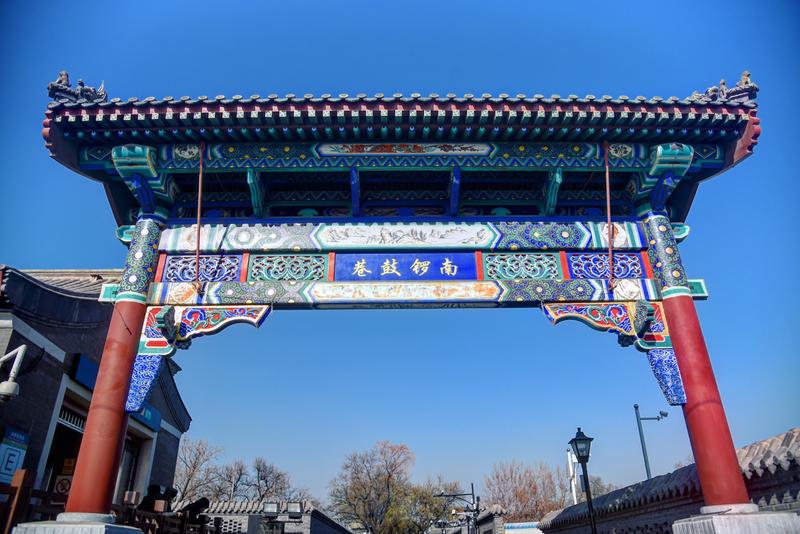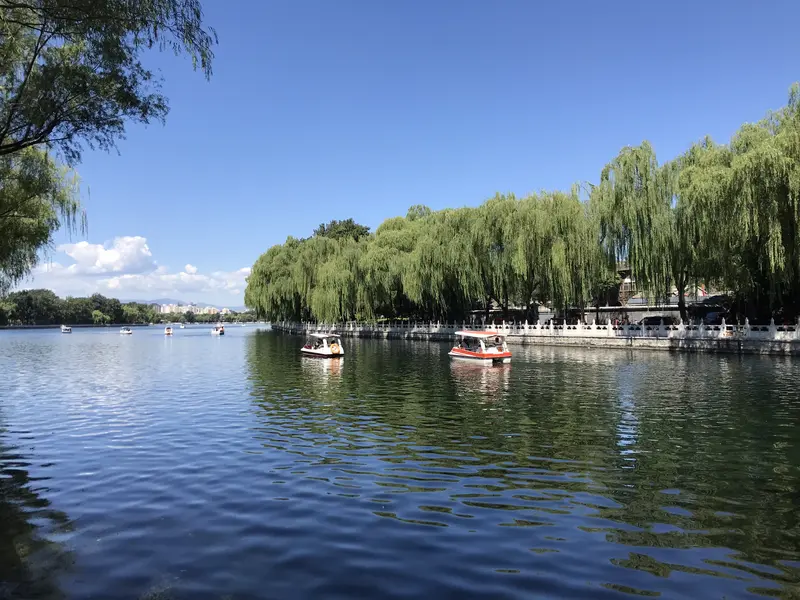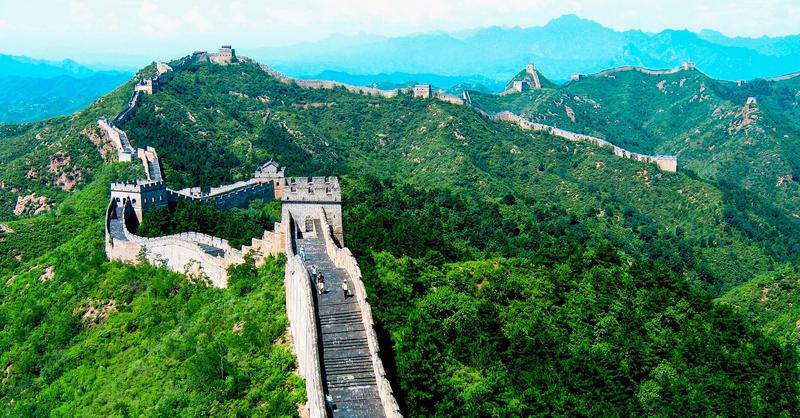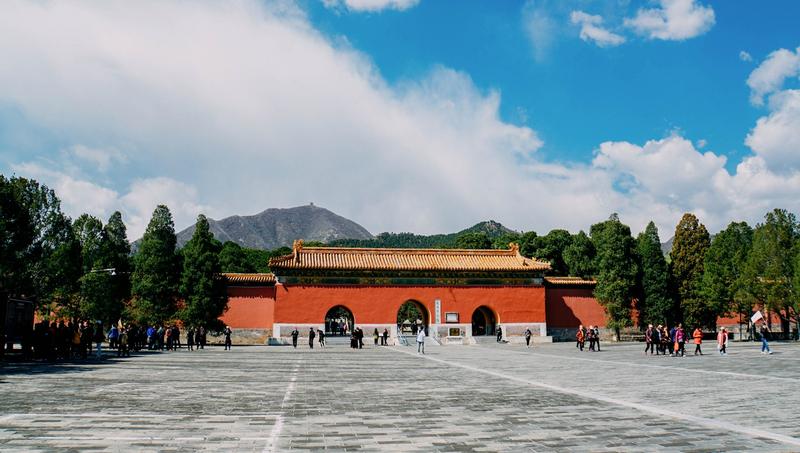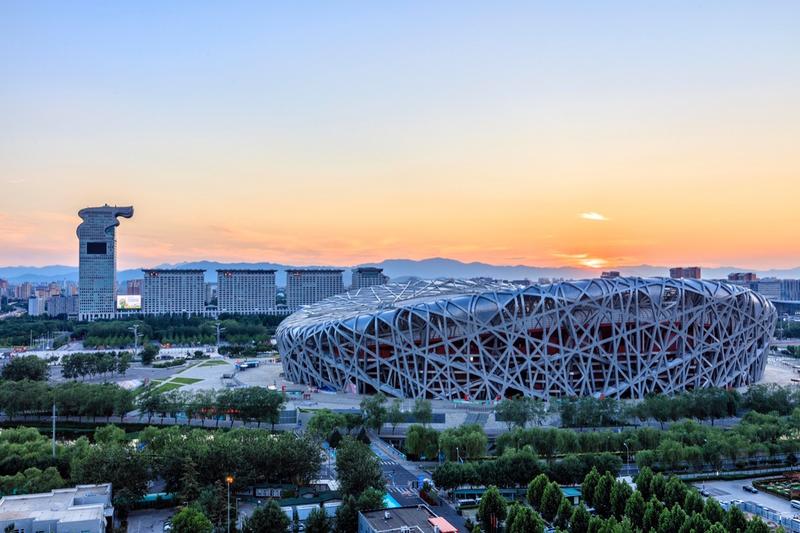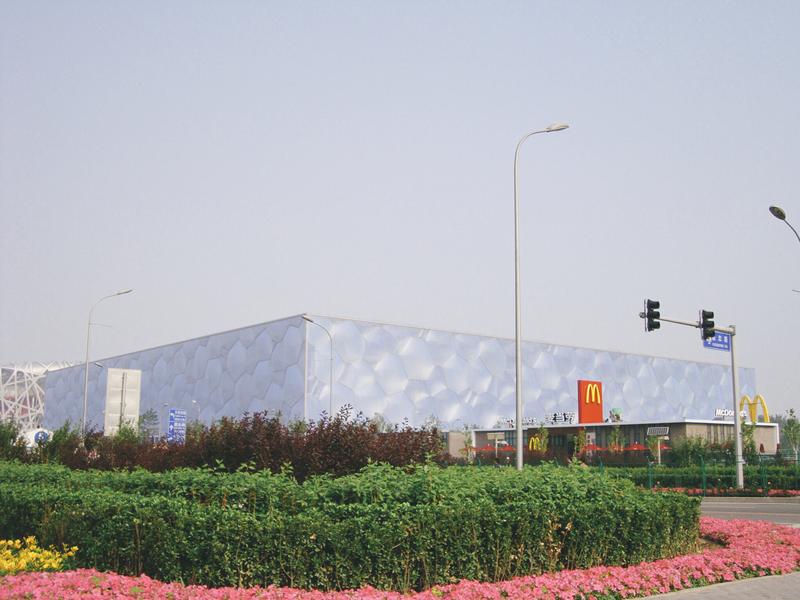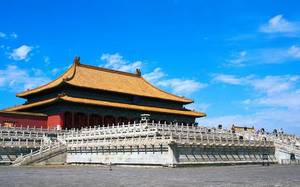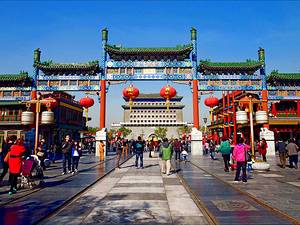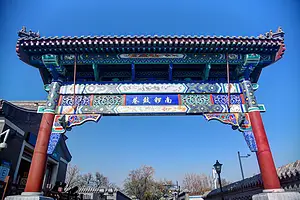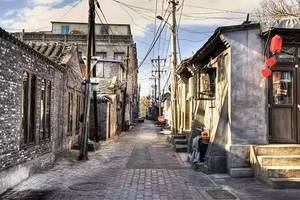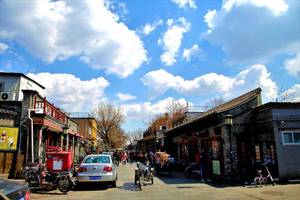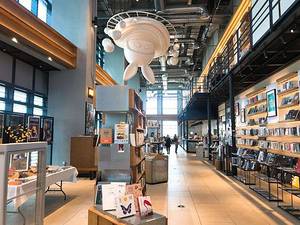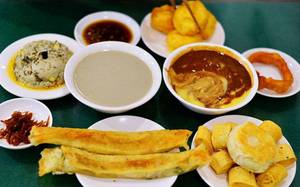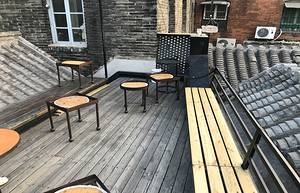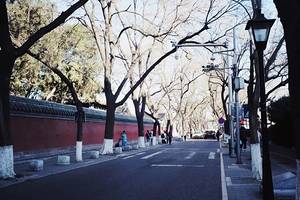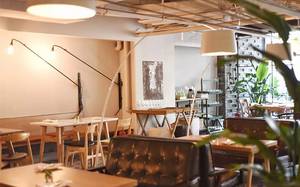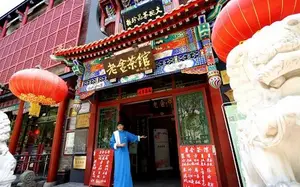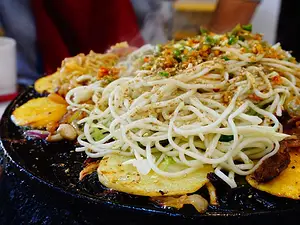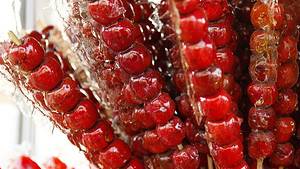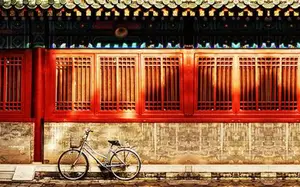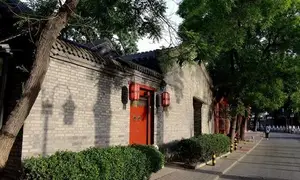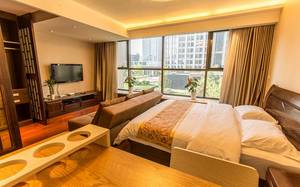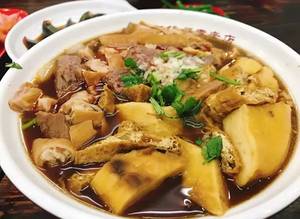Two Days Beijing Tour: The Forbidden City, The Great Wall, Olympic Venues
1 cities |
8 attraction(s) |
total distance 114
km
 TIPS
TIPS
Day1
Day2
Day1: Beijing
4 attraction(s) ·
4 km
1
The Forbidden City, also known as the Palace Museum, is the most complete and largest wooden structure ancient architectural complex in China and even in the world. It is hailed as the "top among the world's five palaces". The Forbidden City was ordered to be built by Emperor Yongle Zhu Di, and it is divided into two parts: the "Outer Court" and the "Inner Court" based on its layout and functions. The Outer Court, also known as the "Front Court", is located south of the Gate of Heavenly Purity and is the place where the feudal emperors exercise their power and hold grand ceremonies, with the Hall of Supreme Harmony (Jinluan Hall), the Hall of Central Harmony, and the Hall of Preserving Harmony as the center. The Inner Court, centered around the Hall of Heavenly Purity, the Hall of Union and Peace, and the Palace of Earthly Tranquility, as well as the Six Eastern Palaces and the Six Western Palaces on both sides, is the residence of the feudal emperors and their consorts, also known as the "Three Palaces and Six Courts". The Forbidden City houses a large number of precious cultural relics, with over one million items according to statistics, accounting for one-sixth of the total national cultural relics. The Clock and Watch Gallery has clock demonstrations at 11 am and 2 pm every day, which should not be missed.
1
km
2
Located at the center of the north-south axis in Beijing, Jingshan Park is adjacent to the south of the Forbidden City, and bordered by Beihai to the west. With the Drum Tower in the north, it is one of the highest points in the center of Beijing. The park boasts ancient trees, unique peaks, majestic palaces, diverse peony varieties, and rich cultural activities. The Wanchun Pavilion in the park is known as the commanding point of the central axis of Beijing, offering a superb view of the panoramic Forbidden City and the whole axis of the city. Jingshan Park is also home to another famous cultural landmark - the suicide site of Emperor Chongzhen.
2
km
3
Nanluoguxiang is located within the protected area of 25 old city districts, with a total length of 786 meters. It is one of the oldest neighborhoods in Beijing. As the only preserved complete Hutong courtyard structure in the Yuan Dynasty, it is the largest in scale, highest in level, and most resource-rich. Nowadays, Nanluoguxiang has transformed into a diverse area, with many very exquisite and fashionable shops and private restaurants, attracting Beijing residents and tourists to stay. If you want to quietly taste the old Beijing style, you can walk through the small alleys on both sides to see many celebrities' former residences and historic buildings that will make you feel the extraordinary cultural charm.
2
km
4
-Because of the ten existing Buddhist temples around it, Shichahai is also known as "Ten Temple Sea". Here, you can experience the tranquil lake scenery, visit famous people's former residences and ancient royal buildings and other cultural heritage.
-The Old Beijing scenic area is a place that embraces the fusion of classical and modern, traditional and avant-garde, as well as natural landscape and cultural heritage.
-The Prince Gong's Mansion is one of the most famous attractions. It used to be the residence of Heshen, a corrupt official during the Qing Dynasty, and the mansion still preserves precious cultural relics such as a seal by Emperor Kangxi.
-Shichahai Bar Street is very lively, where many now famous celebrities have performed. Some of the more well-known bars include Hutong Xiyi and Jiading Fang.
-If you're interested, you can go to Yandai Xiejie to find the Great Qing Post Office, where you can even stamp a few exquisite postmarks as souvenirs.
Day2: Beijing
4 attraction(s) ·
55 km
1
One of the "Nine Passes Under Heaven," it is one of the highlights of the Ming Great Wall landscape, with an altitude of about 1015 meters, and also serves as a frontier of the Juyongguan Pass. The Great Wall is divided into the South Great Wall and the North Great Wall, with 7 enemy towers in the South Great Wall and fewer tourists, while the North Great Wall has 12 enemy towers and is more difficult to climb. The Great Wall is a must-visit destination when visiting Beijing. More than 300 international celebrities, such as Nixon and Thatcher, have climbed the Great Wall. This attraction has become a 5A-level scenic spot and has been listed in the "World Cultural Heritage List" by UNESCO, second only to Tiananmen Square in popularity.
21
km
2
The total name of the 13 imperial tombs of the Ming Dynasty after it moved its capital to Beijing. They are also one of the largest existing imperial tomb complexes in the country, with the most imperial mausoleums for emperors and empresses.
33
km
3
The building is located in the southern part of the central area of the Beijing Olympic Park, covering an area of 204,000 square meters and can accommodate more than 90,000 spectators. It was completed on June 28, 2008.
1
km
4
This building is located in the Beijing Olympic Park and is one of the remarkable buildings during the 2008 Beijing Olympics. Its appearance resembles bubbles in seawater and hence has been named accordingly.

